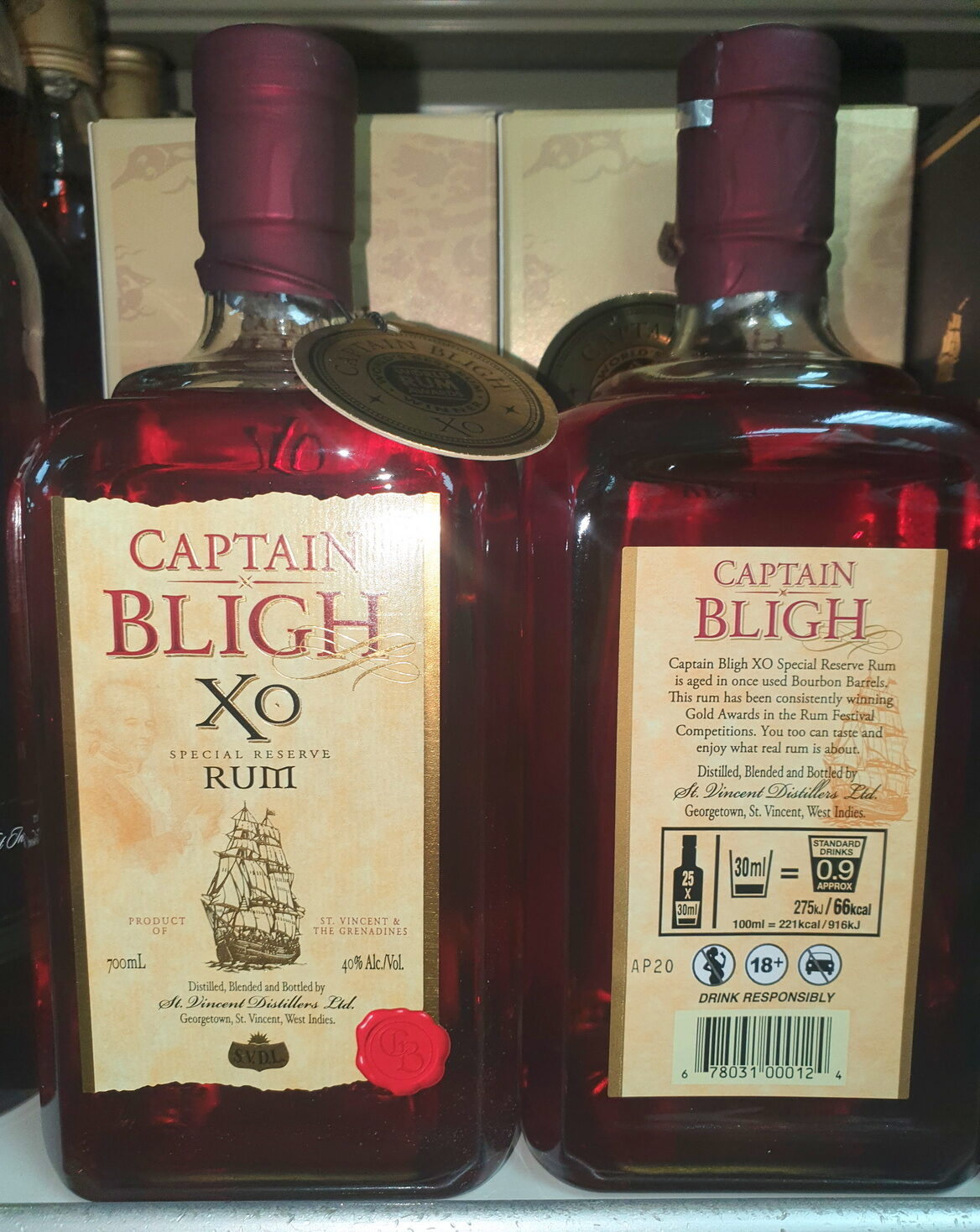Producers Add Valuable Information To Caribbean Rum Labels

Caribbean Rum Producers are now way ahead of many of their international counterparts with the introduction of new labelling on Caribbean Rum Products that will increase the information provided to consumers.
The new labels will show the amount of drinks per container, the number of calories per drink, and Advice Logos that warn against underage consumption, driving under the influence, and drinking during pregnancy.
According to the West Indies Rum & Spirits Association – WIRSPA – this underscores a commitment by rum producers to advocate and educate about the dangers of excessive consumption.
 The agreement to improve labels was made in mid-2019, with a commitment to implement within a 24-month period, to allow time to adjust packaging and to design and phase in new labels. Despite the challenges posed by COVID-19, the regional body is reporting that several brands have already made good progress with the new labels being introduced by producers in Belize, Grenada, Guyana, St. Lucia, St. Vincent & the Grenadines, and Trinidad & Tobago.
The agreement to improve labels was made in mid-2019, with a commitment to implement within a 24-month period, to allow time to adjust packaging and to design and phase in new labels. Despite the challenges posed by COVID-19, the regional body is reporting that several brands have already made good progress with the new labels being introduced by producers in Belize, Grenada, Guyana, St. Lucia, St. Vincent & the Grenadines, and Trinidad & Tobago.
Chairman of WIRSPA, Komal Samaroo, who heads Guyanese conglomerate Demerara Distillers said, “there is no question that an unacceptably high number of persons in our communities have a problem with the excessive use of alcohol, and this has a negative impact on health. We also have major concerns about access to alcohol by underage youth. We fully accept that we have a role to play in this and our labelling commitment is one small but important part of that commitment. By providing more information on labels, we educate and empower personal choice.”
Vaughn Renwick, CEO of WIRSPA added that “this is a ground-breaking commitment by rum brands – it takes time to design new labels and to phase out old stock – and sometimes even bottles have to be changed. It’s an expensive process. We’re pleased to see that some producers have been able to implement the changes on some brands already, especially bearing in mind the tremendous financial and logistical challenges posed by the COVID-19 pandemic.”
